Ever since DNA testing became a central piece of evidence in the 1990s during the OJ Simpson trial, these three letters have become one of the most well-known acronyms in the English language. What do the letters DNA stand for in medical terms? Surprisingly, most people don’t know the answer.
What Do The Letter DNA Stand For?
DNA is an abbreviation. DNA is short for deoxyribonucleic acid. It’s a mouthful. That’s why it’s more commonly known as just DNA.
- What is the D in DNA? Deoxyribo
- What is the N in DNA? Nucleic
- What is the A in DNA? Acid
How Do You Pronounce Deoxyribonucleic Acid?
To pronounce “deoxyribonucleic acid”, break it down into shorter pieces: De-oxy-rib-on-u-cleic.
Deoxyribonucleic Pronounce Tips:
- Break the word down into syllables: de-ox-ee-rye-bo-nu-klee-ic
- Then say each syllable slowly and clearly: de-ox-ee-rye-bo-nu-klee-ic
Not that hard, right? Now you know how to pronounce deoxyribonucleic acid!
What does DNA stand for in medical terms? ... #dna #genetics #dnasequencing #dnareplication #science #technology Share on XWhat Is DNA?
There are two different nucleic acids that make up the different strands of DNA. Deoxyribonucleic acid (DNA) is the main acid. The other acid is ribonucleic acid (RNA).
Deoxyribonucleic acid is the genetic code of a living thing. Every living creature has its own unique DNA and no one except for an identical twin will have the same DNA as you. Creative companies like 23andMe, DNA11, and AncestryDNA have all found commercial uses for your DNA information, including DNA testing and DNA artwork.
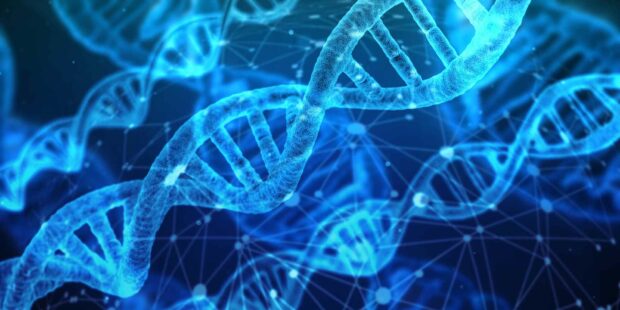
DNA is a very tiny molecule that’s shaped like a double helix. Two biopolymer strands coiled around each other, creating the double helix shape. The sequence that runs along this double helix is what makes up our genetic information.
DNA In Pop Culture
References to DNA are abundant in pop culture now. In Jurassic Park, scientists used DNA from a prehistoric mosquito trapped in amber to recreate dinosaurs. In the CSI TV series, forensic investigation teams use DNA to help solve crimes.
Even though DNA evidence first started being used in courtrooms in the late 1980s, it wasn’t until the murder trial of OJ Simpson that the concept of DNA was truly introduced to the American public. Back then, DNA was a tough concept to grasp. But today, not only do most people believe that the science was valid, they expect it to solve most mysteries.
Who Discovered DNA?
In addition to giving the world Velcro, the Helvetica Font, Swiss Army Knives, and LSD, the Swiss can also take credit for discovering DNA.
In 1869, Swiss physician Johann Friedrich Miescher was the first scientist to discover something that he called “nuclein”. It’s actually a rather disgusting discovery story. While analyzing used surgical bandages, Miescher came across nuclein – a substance found in the pus on the bandages. But Miescher wasn’t exactly sure what nuclein was.
It wasn’t until 1881 when a German biochemist named Albrecht Kossel identified nuclein as a nucleic acid. Kossel gave nuclein a proper chemical name, deoxyribonucleic acid. Throughout the next century, other scientists made more discoveries about DNA. They found its connection to inheritance and created the famous DNA double-helix model that is well-known today.
All of this DNA research culminated in 1990 when the world’s largest collaborative biological project,(Amazon link) The Human Genome Project, began. The international scientific research project successfully mapped over 3 billion nucleotides contained in the human genome. If only Miescher knew how much would become from his simple examination of old bandages full of pus!
What Is The Meaning Of The Abbreviation Of DNA?
There you have it. The next time that someone asks you, “What does DNA stand for?”, you’ll know the answer. From being a “Jeopardy!” contestant to playing(Amazon link) Trivia Pursuit ($16 via Amazon), you never know when it might come in handy.
NERD NOTE: The DNA of all human beings is 99.9% exactly the same. We also share 98.7% of our DNA with chimpanzees and bonobos and 60% of our DNA with fruit flies. Also of note, 2/3 of fruit fly genes are known to be connected with cancer.
What Do The Letters DNA Stand For? Do You Know The Answer? ... #DNA #ScienceTrivia Share on X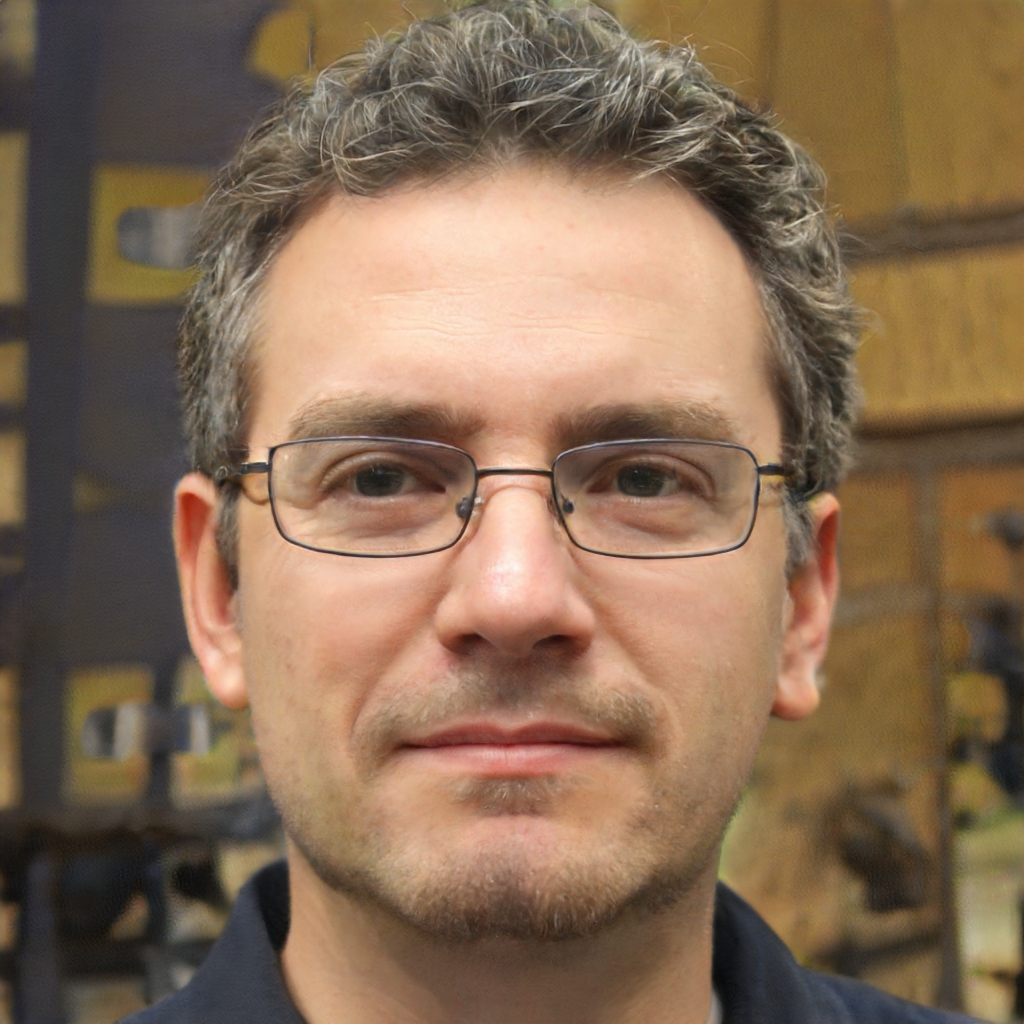
Frank Wilson is a retired teacher with over 30 years of combined experience in the education, small business technology, and real estate business. He now blogs as a hobby and spends most days tinkering with old computers. Wilson is passionate about tech, enjoys fishing, and loves drinking beer.

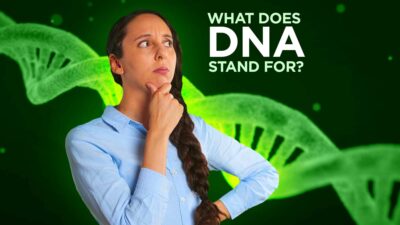
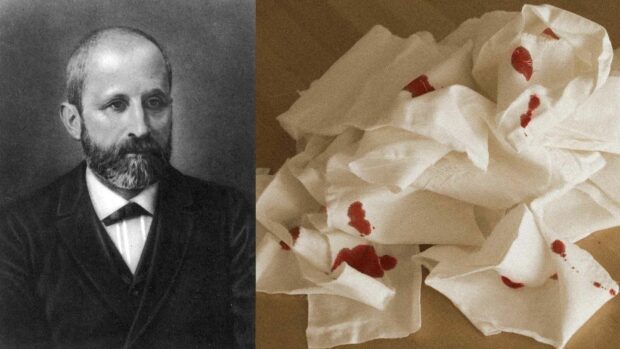
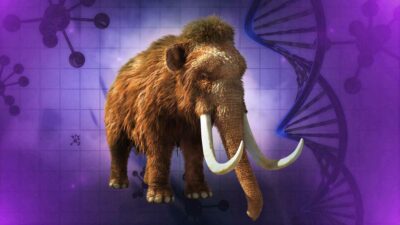
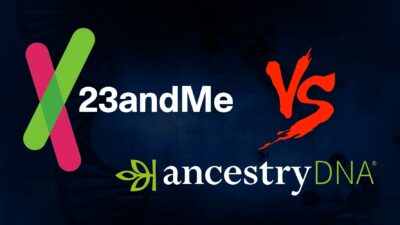
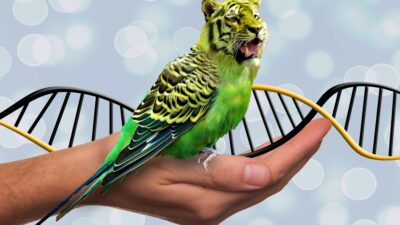







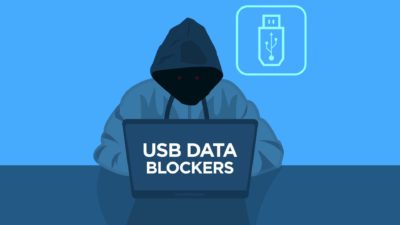


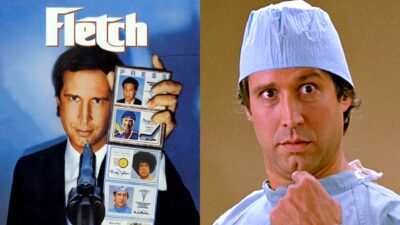


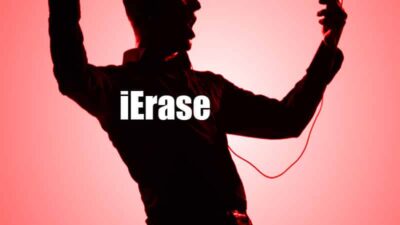
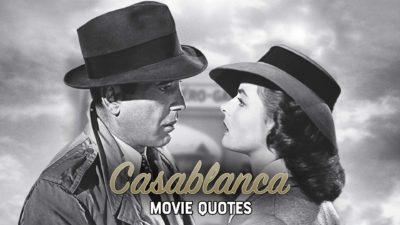
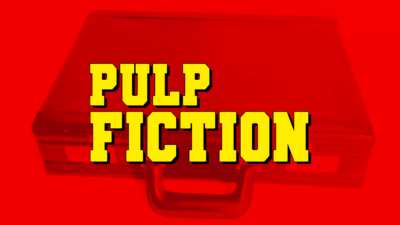




 How To Remove Your Info From FastPeopleSearch
How To Remove Your Info From FastPeopleSearch
Leave a Reply